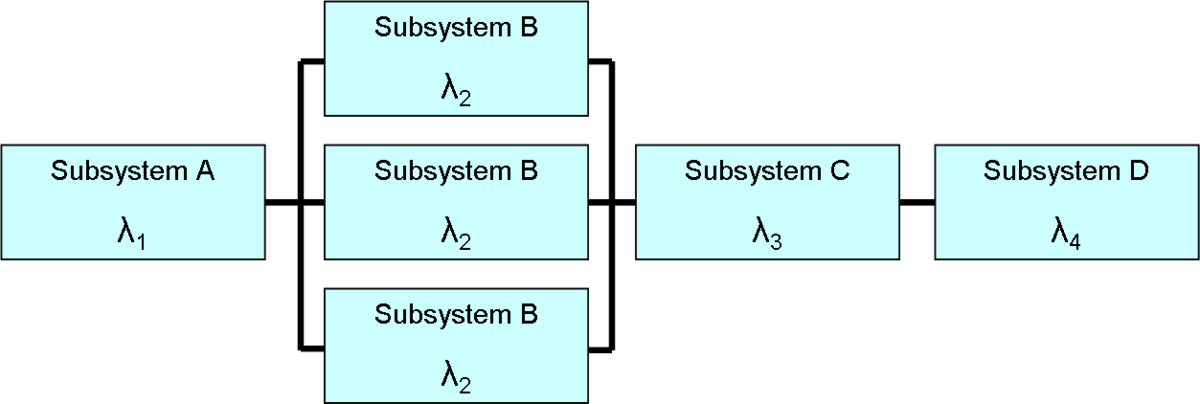Tag Archives: Michigan
- Home
- Posts tagged "Michigan" (Page 3)

LIVE: WDBM-FM Student Radio 89 MHz
Michigan Upper Peninsula | Michigan West | Michigan East
Michigan State University Infrastructure Planning & Facilities
Autumn Wind
This content is accessible to paid subscribers. To view it please enter your password below or send mike@standardsmichigan.com a request for subscription details.
Landscaping and Grounds
Best Practice Guidelines | Western Michigan
MIOSHA Fact Sheet: Youth Worker Safety Landscape and Horticulture Services Industry
Happy First Day of Spring, Panthers! As the weather starts to warm up and the sun comes out the brighter days are almost here! #davenportuniversity #panthers #DUit #springishere pic.twitter.com/WCxxVXl4uQ
— davenportu (@DavenportU) March 19, 2024
💉✨ Choose your pathway to nursing success! Davenport’s BSN program offers flexible admission options, no waitlists, and three years of hands-on learning. Apply now! https://t.co/nJB6eNMhBs
Read more about DU’s BSN program here: https://t.co/tqz2Dvyn4A pic.twitter.com/TDYHiIKtc4
— davenportu (@DavenportU) November 18, 2024
Sisu
Standards Michigan Upper Peninsula
The Finnish presence in Northern Michigan stems from mass immigration during the late 19th and early 20th centuries. Between 1870 and 1929, over 350,000 Finns arrived in the U.S., with Michigan drawing about 40% due to its copper and iron mines, lumber mills, and farms.
Recruited from Norway’s mines starting in 1864, they settled in towns like Hancock, Calumet, Ishpeming, and Ironwood, drawn by the region’s harsh winters, long summer days, and forested terrain mirroring Finland’s.
By 1930, nearly 75,000 Finnish descendants lived there, forming the largest ethnic group in five northwestern UP counties (35% Finnish heritage per recent census). They built saunas, cooperatives, and Lutheran churches, including the Suomi Synod (1890) and Finlandia University (1896, since closed).
Cultural festivals like Heikinpäivä and pasties (adapted from Cornish miners) endure, sustaining a “Sauna Belt” legacy amid mining booms that rivaled California’s Gold Rush.
Reliability Analysis for Power to Fire Pumps
Reliability Analysis for Power to Fire Pump Using Fault Tree and RBD
Robert Schuerger | HP Critical Facilities (Project Lead, Corresponding Author)
Robert Arno | ITT Excelis Information Systems
Neal Dowling | MTechnology
Michael A. Anthony | University of Michigan
Abstract: One of the most common questions in the early stages of designing a new facility is whether the normal utility supply to a fire pump is reliable enough to “tap ahead of the main” or whether the fire pump supply is so unreliable that it must have an emergency power source, typically an on-site generator. Apart from the obligation to meet life safety objectives, it is not uncommon that capital on the order of 100000to1 million is at stake for a fire pump backup source. Until now, that decision has only been answered with intuition – using a combination of utility outage history and anecdotes about what has worked before. There are processes for making the decision about whether a facility needs a second source of power using quantitative analysis. Fault tree analysis and reliability block diagram are two quantitative methods used in reliability engineering for assessing risk. This paper will use a simple one line for the power to a fire pump to show how each of these techniques can be used to calculate the reliability of electric power to a fire pump. This paper will also discuss the strengths and weakness of the two methods. The hope is that these methods will begin tracking in the National Fire Protection Association documents that deal with fire pump power sources and can be used as another tool to inform design engineers and authorities having jurisdiction about public safety and property protection. These methods will enlighten decisions about the relative cost of risk control with quantitative information about the incremental cost of additional 9’s of operational availability.
CLICK HERE to order complete paper
Cheesy Hamburger Skillet
This content is accessible to paid subscribers. To view it please enter your password below or send mike@standardsmichigan.com a request for subscription details.
New update alert! The 2022 update to the Trademark Assignment Dataset is now available online. Find 1.29 million trademark assignments, involving 2.28 million unique trademark properties issued by the USPTO between March 1952 and January 2023: https://t.co/njrDAbSpwB pic.twitter.com/GkAXrHoQ9T
— USPTO (@uspto) July 13, 2023
Standards Michigan Group, LLC
2723 South State Street | Suite 150
Ann Arbor, MI 48104 USA
888-746-3670




















